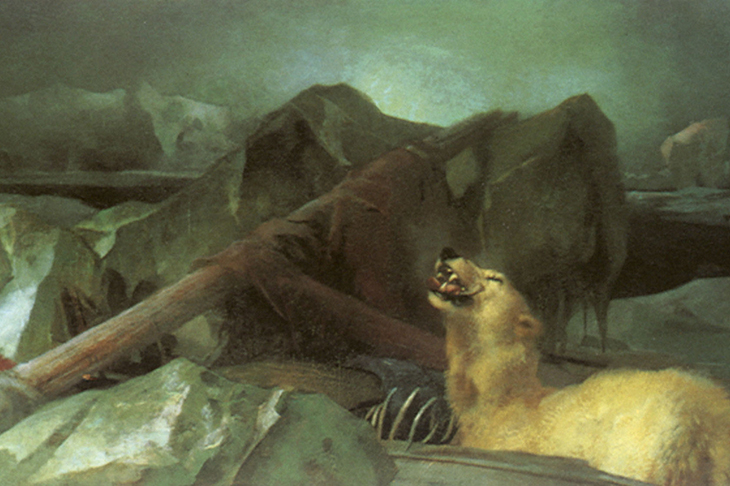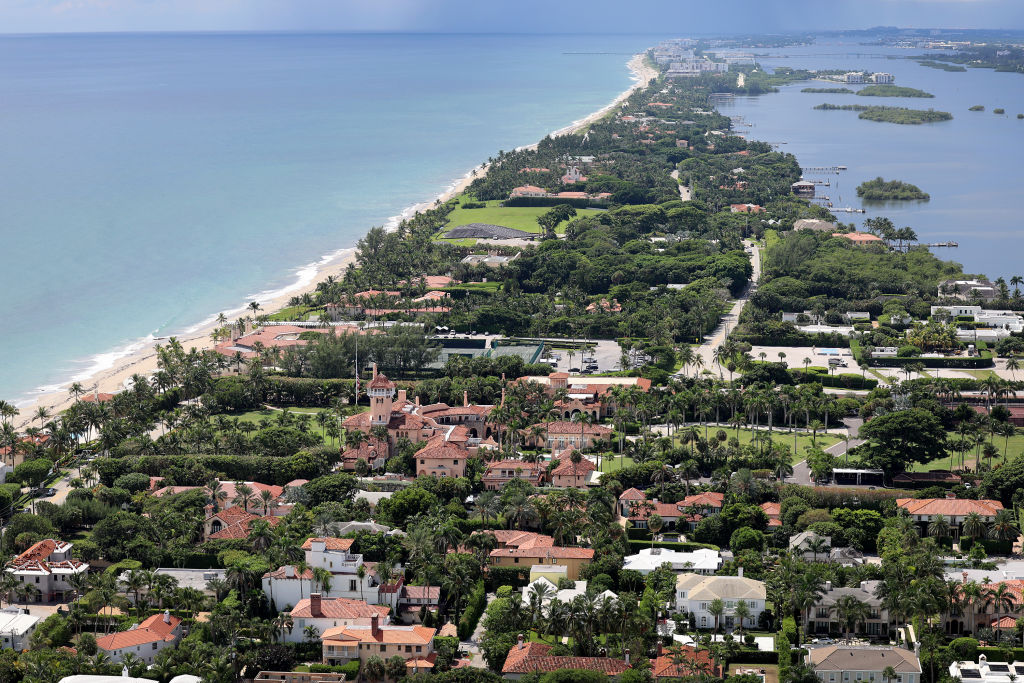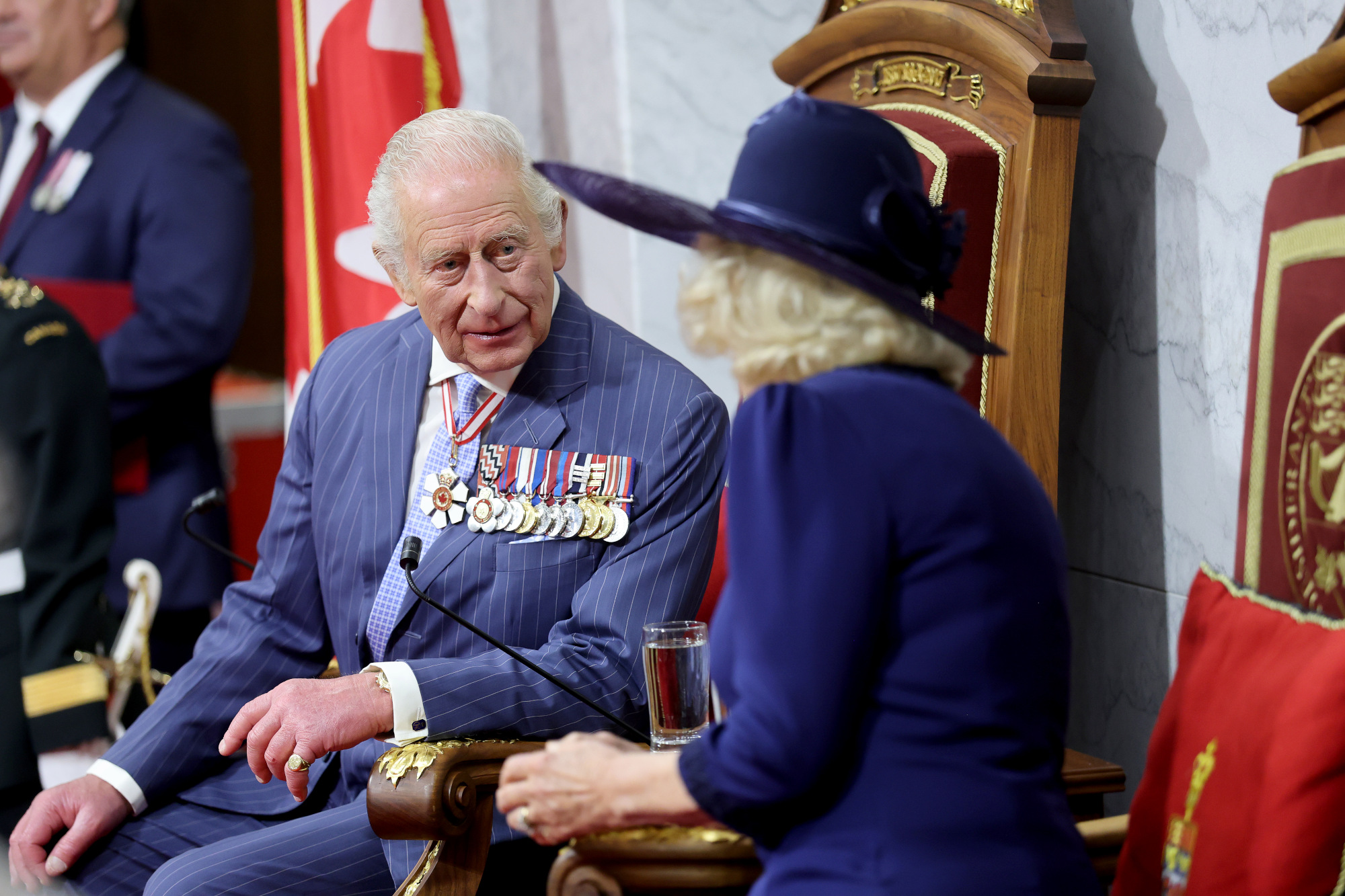In May 1845, HMS Erebus and her sister ship HMS Terror set sail for the Arctic, never to be seen again. Erebus, named after a Greek god of darkness, was herself cast into oblivion for the next 170 years, until she was found in 2014, by sonar, submerged off the Arctic coast of Canada.
Immediately after her disappearance, 10 years and £28 million (in today’s money) were spent looking for her. It was during a golden period for British exploring, between the end of the Napoleonic Wars of 1815 and the Crimean War of 1854, with a Royal Navy that had shrunk from 145,000 men to 19,000. Instead of fighting battles, it was now battling the elements, in the cause of scientific discovery and imperial expansion.
Erebus had been tasked by Sir John Barrow, 2nd Secretary of the Admiralty, with looking for a way through to the Pacific from the North Atlantic; the ‘North West Passage’. She was commanded by Sir John Franklin, an older commander very much in the imperial mould. He was a bravely optimistic, genial man who sermonised well, but was ill suited to the ferocious demands of leading an Arctic expedition of 128 men into the unknown.
Erebus began life as a ‘bomb ship’. She was made for hurling ordnance at America’s coastal defences. In 1839, she was refitted for James Clark Ross’s command, to explore the southern oceans and the Antarctic, and to set up observatories for measuring the earth’s magnetism — it was thought it would aid navigation, like GPS.
Michael Palin spends much of the first half of the book describing these exhilarating Antarctic adventures, and he does it with a wry enthusiasm, bolstered by his own experiences as an eminent explorer and film-maker. In travelogue style, he revisits places the Erebus visited like the Falklands, and Tasmania, and compares then to now, helping to place us there too. He also makes excellent use of diaries and letters written by officers and crew. Surgeon Robert McCormick, a veteran of Darwin’s voyage on the Beagle, keeps copious notes on the animals encountered, and attempts, Pythonically, to shoot most of them:
On 7th January he shot a penguin, and later in the day, four more: ‘two with one shot’. This brought him satisfaction in more ways than one: ‘I had thus afforded me of landing on a piece of Antarctic ice for the first time, to pick up a penguin.
Palin also reveals some of the darker moments of the voyage, from private letters written to family back on shore. McCormick’s assistant surgeon and botanist Joseph Hooker, who went on to run Kew for most of the 19th century, wrote this letter to his father from the Erebus:
It was no secret among us officers that we all detested the prospect of the utter monotony and life of misery that awaited us, and that there was not one, in either ship, that would not have given up his pay, could the sacrifice have ordered us anywhere else with honour.
Ross returned to England in 1843 a hero, but chose not to take up the Admiralty offer (with £20,000 as a reward for success) to lead Erebus and Terror to explore the North West Passage. Instead, John Franklin was charged with its leadership. Franklin had recently left the governorship of Tasmania under a cloud, and had been known by the British public as ‘The man who ate his boots’ from his near disastrous leadership of another Arctic expedition in 1819.
His wife, Jane Franklin, campaigned tirelessly for him to lead this new campaign — and fought for his legacy after his death.
Palin’s inquest into the Franklin Disaster and the brave souls who perished is terrific in its detail, poignant, and with the suggestion of cannibalism, macabre. Months stretched into years, as the ships, just 102 feet long and each crammed with 60-odd men and supplies, became mired in the ice. The perpetual darkness and cold of the Arctic winter seem scarcely endurable. Palin draws together recent research to explain just how the men could have ended up in such a desperate state, weakened by scurvy, possibly lead poisoning too from poorly made tinned food, or the water system on board the ships.
The men were not trained to survive off the ships in hostile territory and, unlike contemporary explorers like the Orkney man Ernest Rae, of the Hudson Bay Company, Franklin’s doomed troop failed to exploit the indigenous knowledge of the Inuit hunters, who came across them in their desperate plight. This moving account of the discovery of abandoned items, taken on board as comforts of home by the officers — silver cutlery with their initials indented, scattered on a frozen shore — affected me the most.
Fiercely curated by his widow, the Franklin tragedy was transfigured in Victorian culture, with memorials erected at Waterloo Place and Greenwich, and a melancholy Arctic landscape of polar bears tearing apart the Erebus’s mast — Landseer’s ‘Man proposes, God disposes’.
Nature frustrates Palin too, in the end: his pilgrimage to the wreck of the Erebus below King William Island, on board a modern Russian ice-breaker, is foiled by present-day climate change. Warming seas have caused Arctic ice shelves to break up, causing massive ice floes that ironically echo the conditions Franklin found himself in, now frozen in time.
This article was originally published in The Spectator magazine.

























